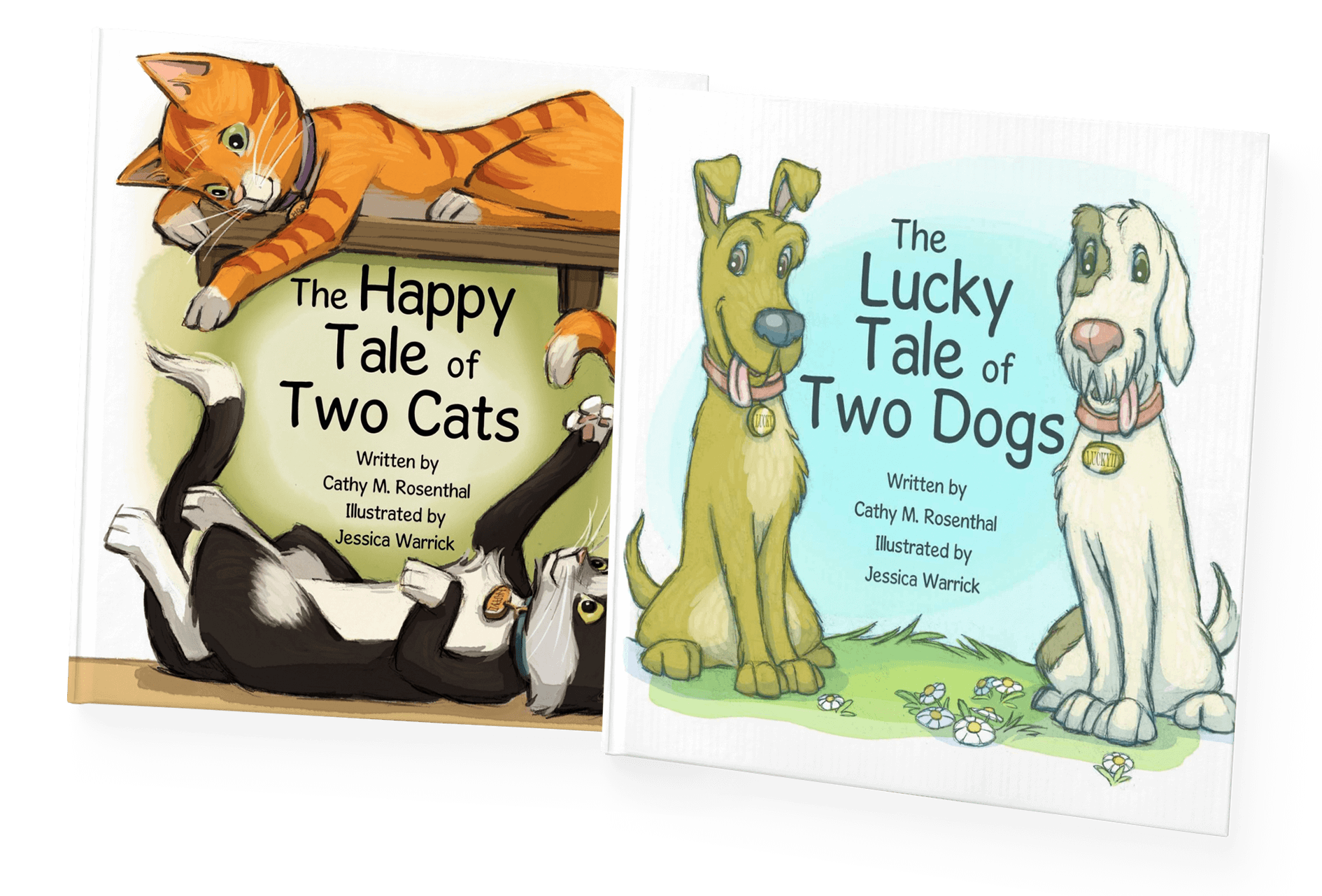Among the many burning questions that perplex our society today, none is more debated in low whispering voices than whether or not you are a dog or cat person.
Cat people claim to love the independent nature of their pets, while dog people go with the loyalty factor as a reason for their partiality. Cat people hold felines in the highest regard, while dog people talk to their canines like trusted friends.
But fondness towards one pet over another seems to go even deeper than personal preferences. New research shows that cat and dog people really are different — in marital status, economic standing, and in their willingness to provide veterinary care, among other things.
The American Veterinary Medical Association released their 2007 U.S. Pet Ownership and Demographic Sourcebook this month, which shows some interesting differences between dog and cat owners.
Marital Status
In the 2007 edition, the image of a dog as a family pet is shown to be true: Single people are more attracted to cat ownership, while dog owners tend to be married with children.
- 67.0 percent of dog owners are married compared to 61.8 percent of cat owners.
- 52.6 percent of dog owners are families of three or more, compared to 47.0 percent of cat.
Economic Standing
When it comes to home ownership, home owners are 1.6 times more likely to have a pet than people who rent and that pet is most likely to be a dog.
- The likelihood of owning a dog increases as household income increases, up to a threshold of $85,000 or more. For example, about half (51.3%) of all households with incomes less than $20,000 had pets in 2006, compared to nearly two-thirds (64.2%) of households with incomes from $55,000 to $84,999.
- While the likelihood of owning a dog increased as household income increased, people making less than $20,000 a year were more likely to consider their dogs part of the family.
- Cat ownership rates ranged from 30.1% for households earning less than $20,000 to 35.5% for those earning $55,000 to $84,999.
- While the likelihood of owning a cat increased as household income increased, smaller families (less three people per family) were more likely to consider their pets family members
Veterinary Care
When it comes to veterinary care, the AVMA Sourcebook notes that dog owners are more likely than cat owners to seek veterinary care. “They spend less, and this divide seems to be growing,” says James Flanigan, head of marketing at the American Veterinary Medical Association (AVMA). That’s not good news for cats, who often suffer a second class status.
- 82.7 percent of dog owners made at least one annual visit to a veterinarian, compared to 63.7 percent of cat owners.
As for what is America’s favorite pet, it depends on how you interpret the data.
- There are more cats as pets: 81.7 million cats compared to 72.1 million dogs.
- There are more people with dogs: 43 million compared to 37.5 million cat owners. (Cat owners are more likely to have more than one cat.)
- The top five states that had the highest percentage of dog-owning households in 2006 were Wyoming, Oklahoma, New Mexico, Montana and West Virginia.
- The top five states that had the highest percentage of cat-owning households were Maine, Vermont, Oregon, Idaho and Washington.
The AVMA conducts surveys of pet owners every five years, and publishes the results in the U.S. Pet Ownership and Demographic Sourcebook.



